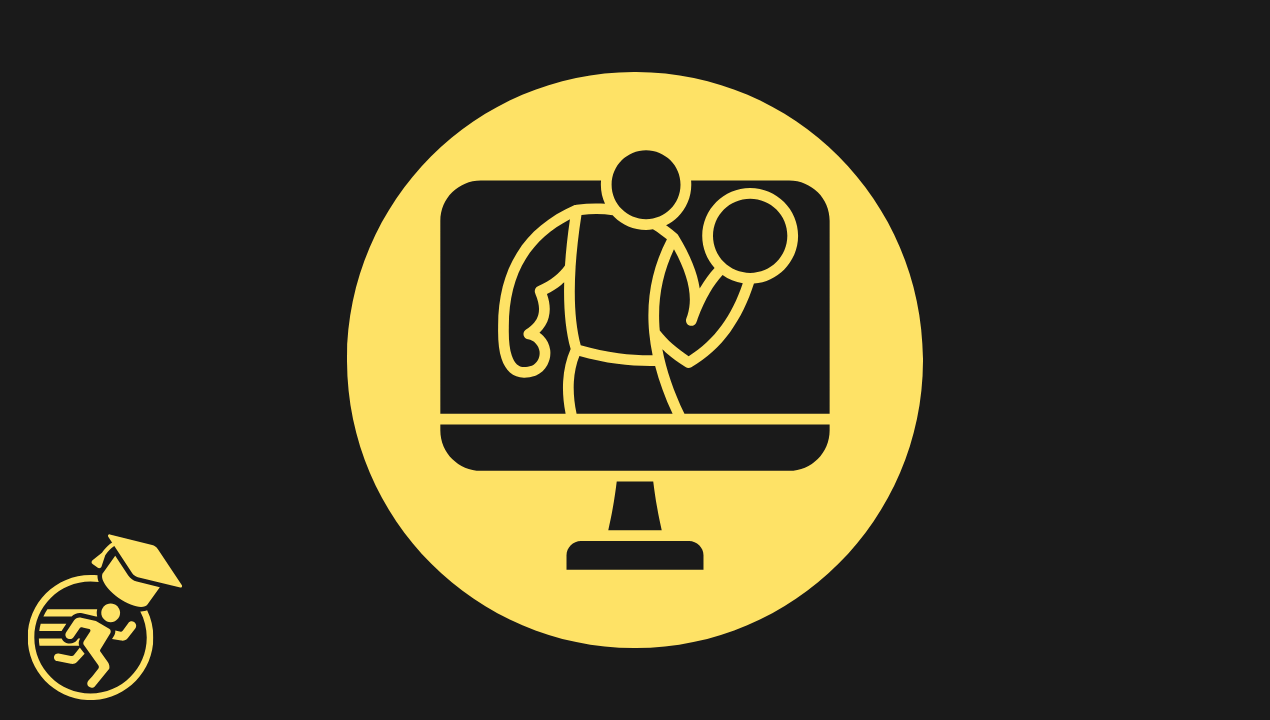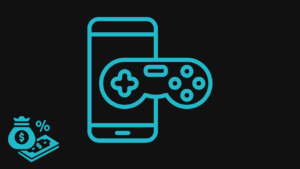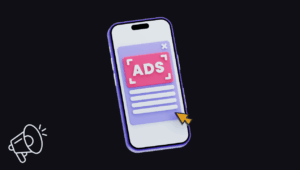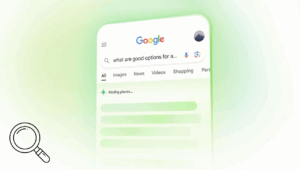Creating a fitness course is one thing. Selling it, consistently and at scale. So, is an entirely different challenge. Whether you’ve built a bodyweight workout program, a nutrition masterclass, or a hybrid mobility and strength bootcamp, the real work begins after launch. If you’re struggling to convert clicks into clients or wondering why your enrollment plateaus after week one, the missing ingredient is often strategy not skill. In this article, you’ll learn how to sell your fitness course with the top 10 proven ideas to attract clients and boost enrollment.
This article walks you through 10 proven marketing tactics tailored for fitness professionals. These ideas are designed to amplify your reach, build authority, and, most importantly, fill your course with motivated students ready to transform.
1. Sell Fitness Course: Niche Your Messaging with Laser Focus
Generic fitness programs are everywhere. The ones that sell speak directly to a well-defined audience. A course for “people who want to get fit” is vague. A course for “women over 40 who want to regain energy through low-impact strength training” sells because it solves a clear, specific problem.
How to niche effectively:
- Use client interviews to discover what your ideal customer actually struggles with
- Include identity cues in your sales copy (e.g., “Busy Dads,” “Beginner Runners,” “Postpartum Recovery”)
- Focus on transformation, not just tactics
The tighter your niche, the easier it is to write content that cuts through the noise.
2. Create a Lead Magnet That Solves an Immediate Problem
People won’t buy a course from you until they trust you. A powerful way to earn that trust is by giving them a quick win first. That’s where lead magnets come in.
Examples for fitness:
- A 3-day home workout PDF for beginners
- A meal prep calendar with a macro breakdown
- A 10-minute guided mobility video
- A “Find Your Ideal Training Style” quiz
Make it easy to access (no long sign-up forms), deliver instantly, and tie directly into your course offer.
3. Host Free Fitness Challenges to Warm Up Leads: Sell Fitness Course
Fitness challenges are engagement magnets and they build community. A free 5-day or 7-day challenge gives potential students a taste of your coaching style, keeps them active in your funnel, and increases the likelihood of them enrolling.
Tips for a successful challenge:
- Use Facebook Groups or WhatsApp for daily check-ins
- Post short, actionable daily workouts or prompts
- Tie the challenge to your course outcome (e.g., your course helps them sustain what they learned)
Include a “Challenge Completion Bonus” like a discount or bonus module if they join your paid course by a deadline.
4. Use Video to Build Connection and Credibility
In the fitness world, video is non-negotiable. Your audience wants to see how you move, teach, and motivate. But that doesn’t mean you need a fancy production setup.
Create short videos like:
- A walk-through of your course dashboard
- A “before/after” transformation story
- Quick form fixes or myth-busting tips
- Reaction videos to common fitness mistakes on social media
Post these on TikTok, Instagram Reels, and YouTube Shorts. Always link back to your course or lead magnet in your bio or video description.
5. Offer Founding Member Pricing for Early Enrollees
One effective way to drive urgency without discounting your value is to offer a limited-time founding member price. This works well if you’re launching a course for the first time.
Structure it like this:
- First 20 members get lifetime access at $99 (vs $199 later)
- Offer personal feedback or Q&A access during the first 4 weeks
- Use their testimonials and feedback to strengthen your evergreen funnel later
You get early adopters and social proof. They get access and a deal. Win-win.
6. Partner with Other Creators in Adjacent Niches: Sell Your Fitness Course: Proven Ideas to Attract Clients & Boost Enrollment
You don’t need millions of followers to succeed. In addition, you need the right audience. Instead of trying to grow everything organically, leverage audiences that already exist. Partner with complementary creators (not direct competitors) who have trust with your target clients.
Collaboration ideas:
- Go live together on Instagram to discuss “Nutrition vs. Training”
- Offer bundle discounts for your programs
- Run joint webinars or challenges
Make sure your values and audiences align before approaching someone for a collab.
7. Build a Funnel That Matches Buyer Readiness
Not everyone is ready to buy after their first interaction. Your funnel should meet people at every stage, So, curious, interested, and ready to commit.
Sample funnel:
- Free guide → email welcome series
- Weekly value email with tips, success stories, and calls-to-action
- Webinar or challenge invite
- Timed course enrollment window with urgency
Use tools like ConvertKit or MailerLite to automate this and segment by behavior.
8. Showcase Real People, Not Stock Images to Sell Fitness Course
Before-and-after photos are great—but real stories are better. Prospects want to know: “Will this work for someone like me?” Use authentic images and case studies that show the emotional side of transformation.
Good testimonial formats:
- Screenshot of a message saying “I just completed Week 4, down 8 lbs and feeling amazing!”
- A 1-minute video from a student describing what shifted in their mindset
- A written story in their own words, not yours
Make social proof visible on your sales page, checkout page, and follow-up emails.
9. Get Found Through Evergreen SEO Content
Paid ads are powerful, but evergreen content brings traffic forever. Start by creating blog posts, YouTube videos, or podcast episodes targeting the exact problems your course solves.
Ideas:
- “How to Stay Consistent with Home Workouts” (tie into your accountability module)
- “Beginner Meal Planning Tips for Busy Professionals” (lead magnet CTA)
- “3 Mistakes Keeping You from Seeing Results” (connect to your coaching philosophy)
Add content regularly. Google favors consistency over volume bursts.
10. Offer a No-Risk Guarantee That Calms Skeptics: Sell Your Fitness Course: Proven Ideas to Attract Clients & Boost Enrollment
Fitness buyers are often skeptical due to past experiences. A strong, clear guarantee can lower hesitation and increase conversions. So, especially from cold leads.
Types of guarantees:
- 14-day “Try It and Decide” refund policy
- “Finish the first 2 modules and if it’s not a fit, get a full refund”
- Success guarantee: “If you complete the course and follow the plan but see no change, we’ll work with you 1-on-1 for free”
Just be sure your refund policy is written clearly on the checkout page.
Quick-Reference Table: Marketing Tactics & Conversion Goals
| Strategy | Goal | Format/Tools |
|---|---|---|
| Niche Messaging | High conversion from cold traffic | Sales copy, landing pages |
| Lead Magnet | Email list growth | PDF, quiz, video |
| Free Challenge | Warm-up leads for launch | Facebook Group, emails |
| Video Content | Build trust and attention | TikTok, YouTube Shorts |
| Founding Member Offer | Urgency + social proof | Email + limited pricing |
| Creator Partnerships | Access new audiences | IG Live, bundle deals |
| Funnel Sequencing | Automate nurture + sales | ConvertKit, MailerLite |
| Student Stories/Testimonies | Build credibility + relatability | Screenshots, videos |
| Evergreen SEO | Long-term lead generation | Blog, YouTube |
| Risk-Free Guarantee | Lower purchase hesitation | Checkout, FAQs, policy page |
Sell Your Fitness Course: Proven Ideas to Attract Clients & Boost Enrollment Final Word
Selling your fitness course isn’t about shouting louder. It’s about connecting smarter. The best marketing aligns your message with your audience’s real goals, delivers small wins before the big promise, and builds a human connection.
Pick 3 strategies above and apply them consistently over the next 30 days. Track your engagement, enrollment, and feedback. Marketing isn’t about throwing spaghetti at the wall. It’s about refining what works.
If your course delivers true transformation, these tactics will get it into the hands of the people who need it most. And once they experience it, word of mouth will do the rest.








